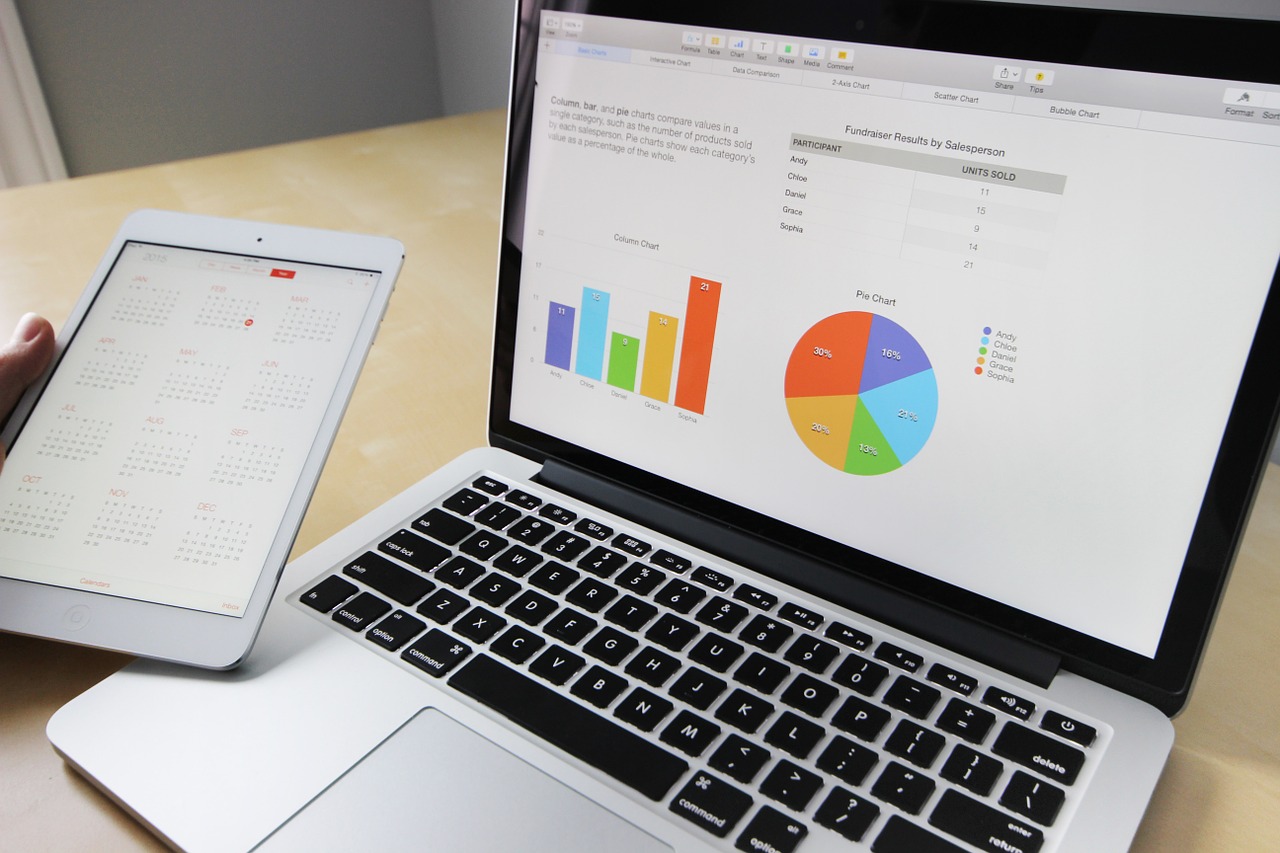Picture, if you will, a typical scene. A senior manager is waiting impatiently for vital information while the team grapples to pull data from various systems.

By the time the report is done, some details are already out of date - it would have been more valuable a week earlier. Sounds familiar?
What would it mean to your business to have actionable insights and analysis at will? How would real-time reporting inform your strategic and tactical decision making?
With today’s technologies, all businesses can have this. However, the reality for many organisations, both large and small, is very different.
The Challenge of Improving Your Reporting Capabilities
Why is this still a problem for businesses, given all that technology has to offer? Why are executives living with the same headaches they had five years ago? So many management reports continue to be cobbled together via spreadsheets, sometimes with dubious data that undermines confidence.
As technology evolves, the number of systems has increased. The irony is that data has become more disparate, with the use of cloud-based CRM systems and other applications such as email and instant messaging.
You may also have ‘bolted on’ utility applications, generating even more data silos. Clearly, this isn't conducive to driving better business outcomes.
Make Reporting the Priority when Designing your Systems
Enterprise Resource Planning (ERP) enables organisations to integrate and automate key functions and operations. When our business software consultants meet a client to understand their requirements, the first topic we cover is reporting.
To know how our customer is going to use a system to input and process data, we seek to understand what information they want from it.
Reporting is an area we focus on as a priority, not as an afterthought once a system is designed. Reporting is the foundation for how we develop an ERP solution.
A well designed ERP should not only give your employees a great user interface, it should capture the pieces of information that directly impact on your ability to create the reports your business needs.
An Example of Improved Reporting
Corporate and school wear specialists William Turner manage large volumes of standard, bespoke and special orders. The biggest challenge William Turner faced before they migrated to their current ERP system, Microsoft Dynamics NAV, was the lack of reporting tools available to them.
Due to the company’s highly customisable and personalised production process, full visibility of orders, data, and stock levels were critical to the smooth day-to-day running of operations. Limited reporting was hindering the decisions that William Turner could make, with access to margin figures all but non-existent.
Their new ERP system ensures that staff have access to real-time, accurate data on handheld devices across their three locations, with full visibility of stock levels, margin, and procurement forecasting.
This accessibility has significantly eased the production process, with William Turner now making accurate and informed decisions for the business. The increased capabilities of the new system have led to improved customer service, greater client retention and more opportunities for William Turner.
See the full case study for more details.
Creating Different Reports from a Single Data Set
Another issue with reporting, and why it can take days or weeks to pull together, is that you may want to present the same data to different stakeholders in different formats.
For example, we’re working with a French company that operates in the UK. As well as management and statutory accounts, they need to provide reports to their parent company in different formats.
Many systems aren’t designed to have the flexibility to achieve such dynamic reporting easily. It’s common to see data downloaded into a spreadsheet for manipulation, which often takes hours or even days.
A typical example is where a sales director needs to see sales by region, whilst the production director is interested in sales by product type. In larger businesses, with a wide range of stakeholders and department heads, it’s crucial that information can be presented in the right context.
The Perceived Issue With Poor Reporting
If most senior managers of SMEs were asked if they needed a new ERP system, many would say either 'no' or 'I don’t know'. However, if you were to ask them if they struggle to get data on the performance of the company, be it operational or financial, they would probably agree.
They wouldn’t necessarily connect poor access to information with not having a suitable ERP. The reality is that an ERP system is the solution to their problem. Putting data into a single database helps to produce dynamic reports across your business.
Would you like our help to ditch the spreadsheets?
If you related to the issues raised here, it may be that you need to invest time in improving your current systems and reporting tools. It may also be the case that your current ERP solution simply doesn’t provide you with the level of detail to meet your analysis and reporting needs.
The team at IT Lab can help with either of these scenarios. Feel free to contact us; we’d be delighted to assist and explore your challenges.




